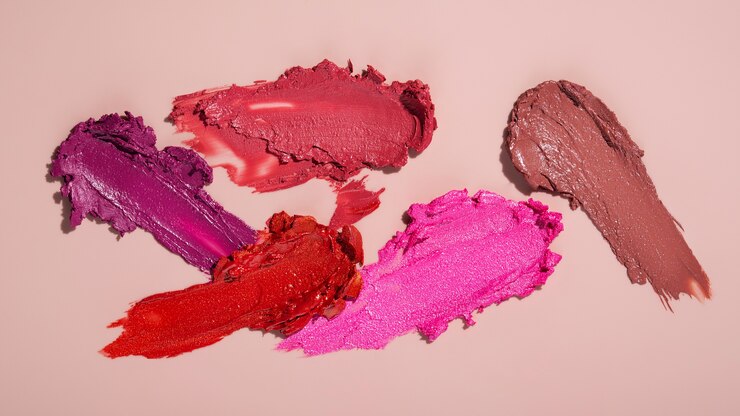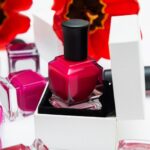Lipstick, with its transformative power, has the ability to enhance your natural beauty and express your individual style. Choosing the perfect lipstick shade involves more than just picking a color you like – it’s about finding a hue that complements your unique skin tone. In this ultimate guide, we’ll explore how to decode your skin undertone and select lipsticks that enhance and illuminate your features.
- Identifying Your Skin Undertone:
Tip: Determine if your undertone is warm, cool, or neutral.
Explanation: Look at the veins on your wrist – if they appear green, you likely have a warm undertone; if they appear blue, you have a cool undertone. If it’s challenging to discern, you might have a neutral undertone. - Warm Undertones: Embracing Earthy Tones:
Colors: Terracotta, Coral, Warm Reds.
Explanation: Warm undertones pair beautifully with earthy tones. Opt for lipsticks in warm reds, corals, and terracotta shades to complement the warmth in your skin, creating a harmonious and radiant look. - Cool Undertones: Chic in Cool Hues:
Colors: Berry, Plum, Cool Pinks.
Explanation: Cool undertones flourish in cool-hued lipsticks. Shades like berry, plum, and cool pinks enhance the natural coolness of your skin, offering a chic and sophisticated appearance. - Neutral Undertones: Versatility at Its Best:
Colors: Rosy Browns, Nude Pinks, Mauve.
Explanation: With neutral undertones, you have the flexibility to experiment with a variety of shades. Rosy browns, nude pinks, and mauves complement neutral undertones, providing a versatile and polished look. - Consider Your Skin Color:
Tip: Choose shades that work harmoniously with your overall skin color.
Explanation: Beyond undertones, consider your overall skin color. Deeper skin tones may gravitate toward rich berries and deep reds, while lighter skin tones can explore a spectrum from light pinks to vibrant reds. - Day and Night Lipstick Choices:
Tip: Adjust lipstick shades for day and night looks.
Explanation: Lighter, more natural shades work well for daytime, while bold and deeper hues, such as reds or plums, can elevate your look for evening occasions. Consider the time of day and the context when choosing your lipstick. - Experimenting with Lip Liner:
Tip: Use lip liner to define and enhance lipstick shades.
Explanation: Lip liner is a secret weapon for creating definition and preventing feathering. Choose a lip liner that matches your natural lip color or the lipstick shade for a polished finish. - Matte, Satin, or Gloss Finish:
Tip: Consider the finish that complements your style.
Explanation: The finish of your lipstick matters. Matte lipsticks provide a bold and long-lasting look, satin finishes offer a balance of color and sheen, and gloss imparts a luscious and youthful appearance. Choose based on your style preference and the occasion. - Seasonal Adjustments:
Tip: Adjust lipstick shades based on the seasons.
Explanation: Consider seasonal changes when selecting lipstick shades. Lighter, brighter hues may be suitable for spring and summer, while richer, deeper tones work well in fall and winter. - Trying Before Buying:
Tip: Test lipstick shades before purchasing.
Explanation: Test lipstick shades on your wrist or directly on your lips before making a purchase. Many cosmetic stores provide testers, allowing you to see how the shade complements your skin tone and overall look. - Confidence is Key:
Tip: Embrace shades that make you feel confident.
Explanation: Ultimately, the right lipstick shade is one that makes you feel confident and beautiful. Trust your instincts, experiment with different hues, and find the colors that resonate with your personal style.
Choosing the right lipstick shade for your skin tone is a delightful journey of self-expression. By understanding your undertone, considering your overall skin color, and experimenting with different colors and finishes, you can unlock the transformative power of lipstick. Let your lips be a canvas for radiance and confidence, as you explore the myriad shades that enhance your natural beauty and elevate your style.








